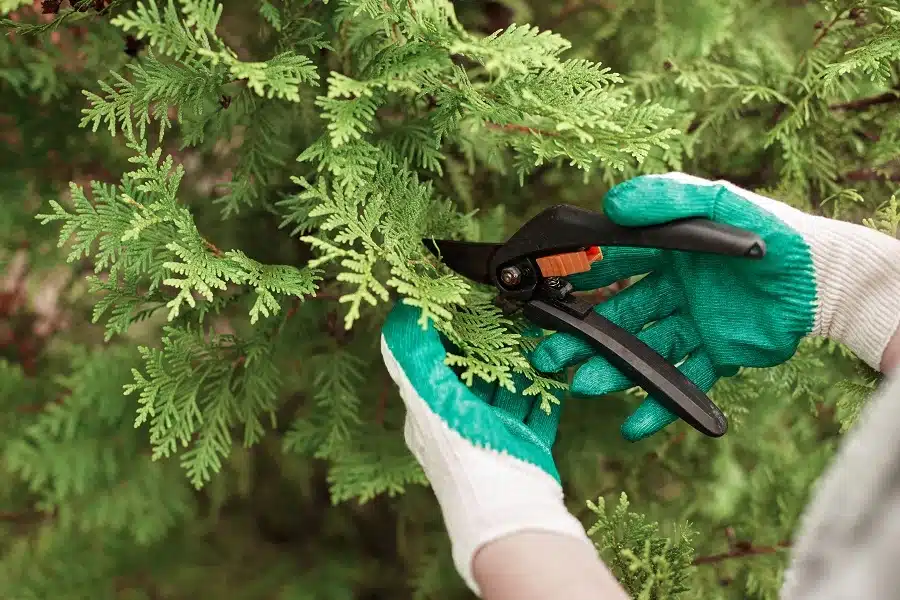Pruning is a fundamental aspect of arboriculture, intended to enhance the health, safety, and aesthetics of trees. While often beneficial, pruning can also pose risks if not performed correctly. Homeowners and property managers frequently rely on tree pruning and removal services to maintain their landscape’s beauty and safety. However, one critical question that often arises is whether improper pruning practices can actually kill a tree. In this article, we will explore how and why a tree might die from pruning and the importance of professional tree services in mitigating such risks.
Understanding the Impact of Pruning
Pruning involves the selective removal of certain parts of a tree, such as branches, buds, or roots. Proper pruning is crucial for the health of the tree; it can help prevent diseases and pests, encourage productive growth, and maintain a pleasing shape. However, when pruning is not done correctly, it can severely damage the tree, potentially leading to its demise.
How Can Pruning Kill a Tree?
- Over Pruning: One of the most common mistakes in tree pruning is removing too much foliage. Trees rely on their leaves to photosynthesize and produce the necessary nutrients for growth and health. Removing too many leaves can starve a tree, weakening it and reducing its vigor. Generally, arborists recommend that no more than 15-20% of a tree’s canopy should be removed in a single season.
- Improper Techniques: Cuts made in the wrong place or in an incorrect manner can lead to significant damage. For example, flush cuts that remove the branch collar can open the tree to infections and decay because they interfere with the tree’s natural healing process. Conversely, stub cuts leave behind excess wood that can rot and serve as an entry point for pathogens.
- Pruning at the Wrong Time: The timing of pruning can significantly affect the health of a tree. Pruning during the wrong season can expose a tree to extreme weather, pests, or diseases. For example, pruning certain trees in late spring or early summer can lead to excessive sap loss, which weakens the tree.
- Transmission of Diseases: Using unsterilized pruning equipment can spread diseases from one part of a tree to another or even from one tree to another. Diseases like fire blight, oak wilt, and Dutch elm disease can be fatal if transmitted through improper pruning practices.
The Role of Professional Tree Services
Given the complexities and potential risks associated with tree pruning, seeking the expertise of professional tree services is crucial. Professional arborists are trained to understand the biology and structural integrity of trees, allowing them to make informed decisions about when, where, and how to prune.
Tree pruning and removal services offer the following advantages:
- Expertise and Experience: Professionals have the necessary skills to identify which branches should be removed to enhance the tree’s health and which should be left to maintain structural integrity.
- Proper Tools and Techniques: Professional services are equipped with the right tools and are skilled in the best techniques to perform pruning without harming the tree.
- Safety: Pruning, especially of large trees, can be hazardous. Professional arborists can perform the job safely, protecting both the tree and property.
- Compliance with Local Regulations: Many localities have specific regulations regarding tree pruning and removal. Professionals ensure compliance with these regulations, preventing legal issues for homeowners.
Conclusion
While pruning is integral to tree health, incorrect practices can indeed lead to a tree’s decline or even death. Over-pruning, improper techniques, wrong timing, and unsterilized equipment are primary factors that could harm trees. To ensure trees are pruned correctly and to maintain their health and aesthetics, it is advisable to employ professional tree pruning and removal services. These experts can provide the care that trees need to thrive, enhancing the overall environment and safety of your property.

